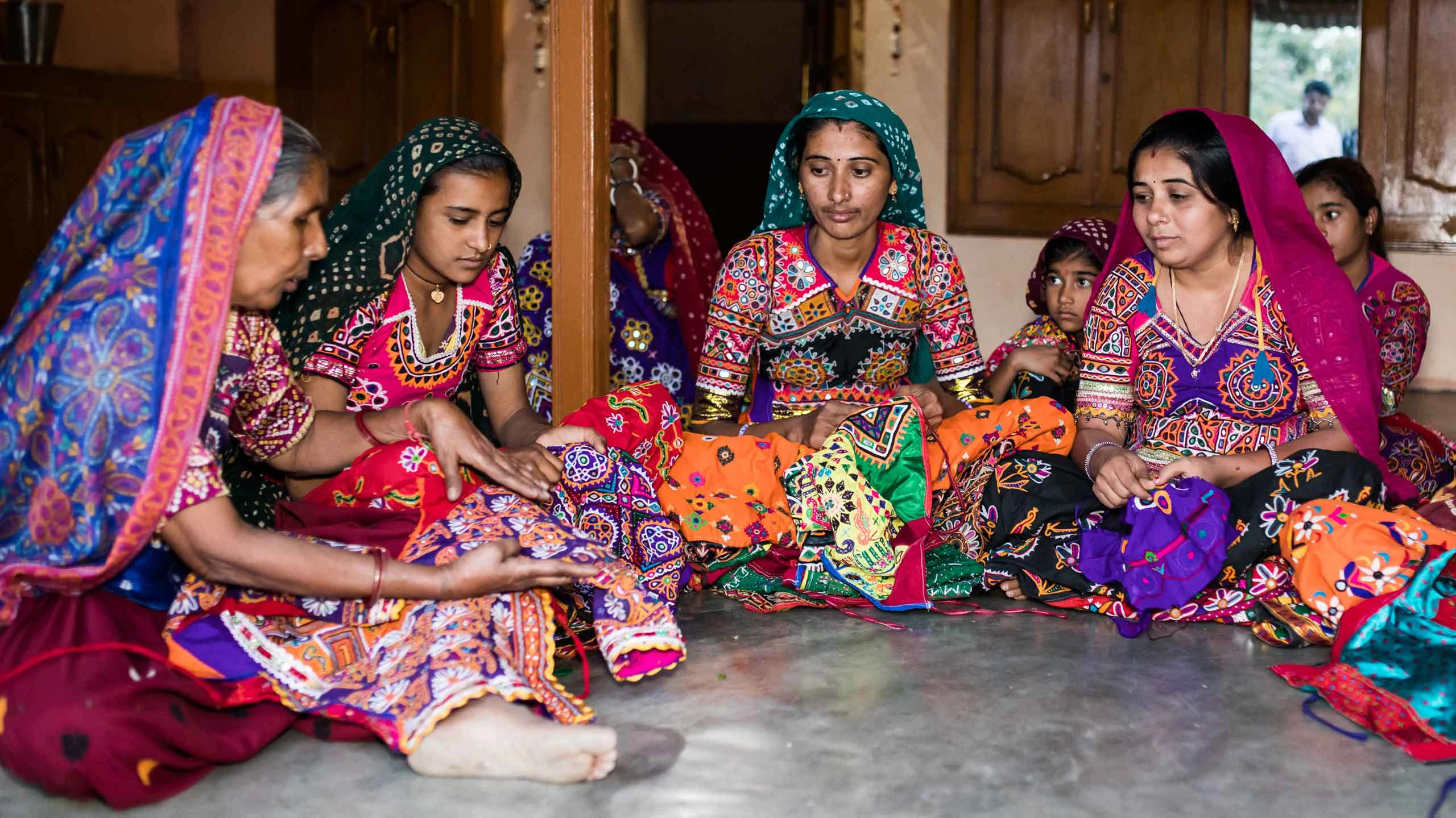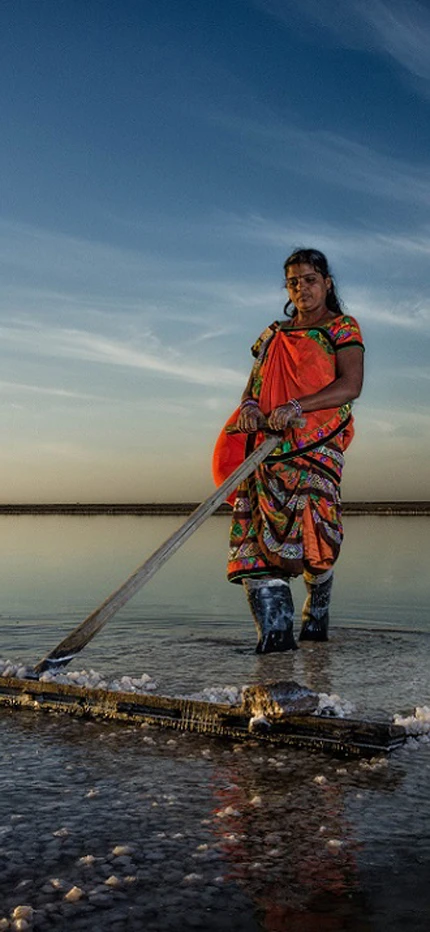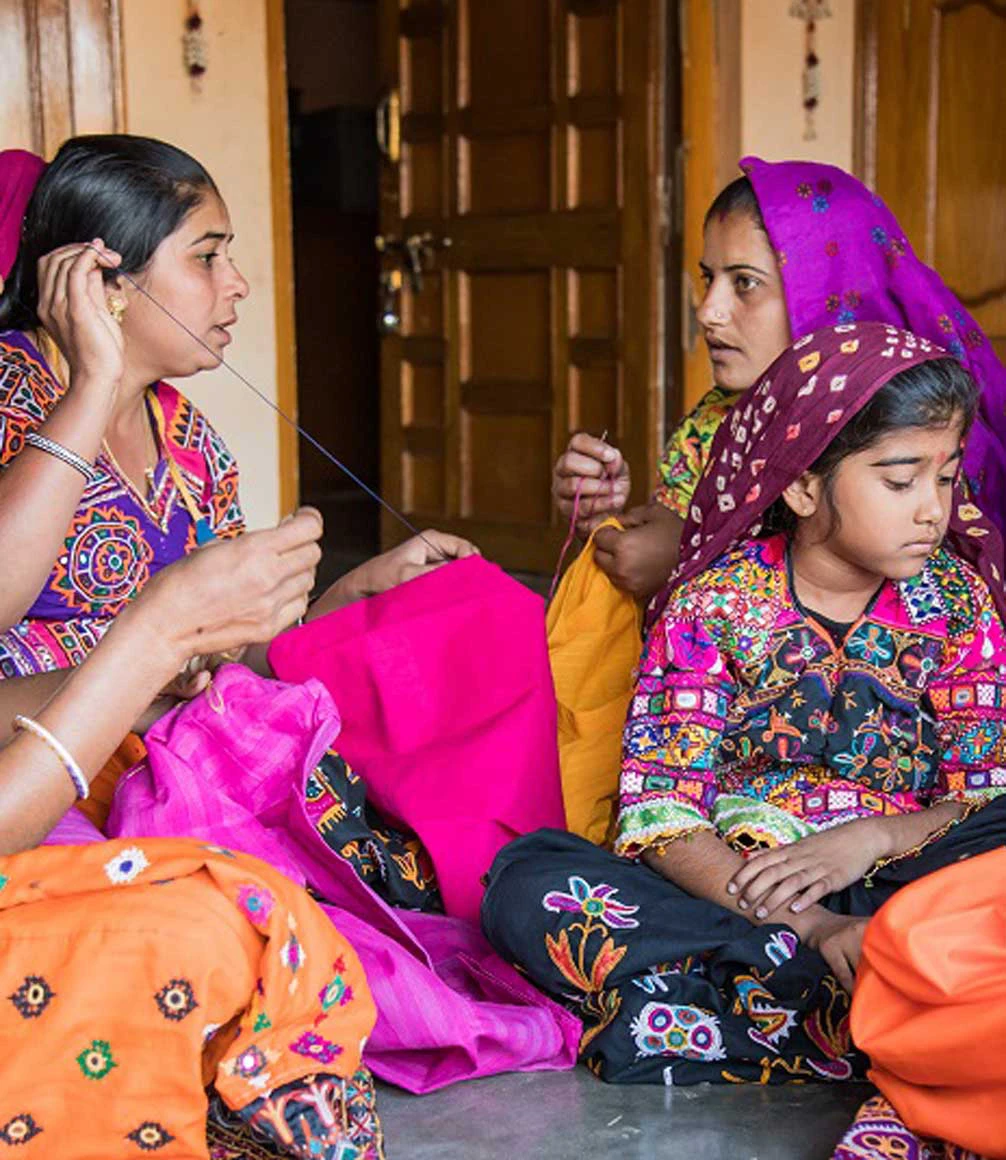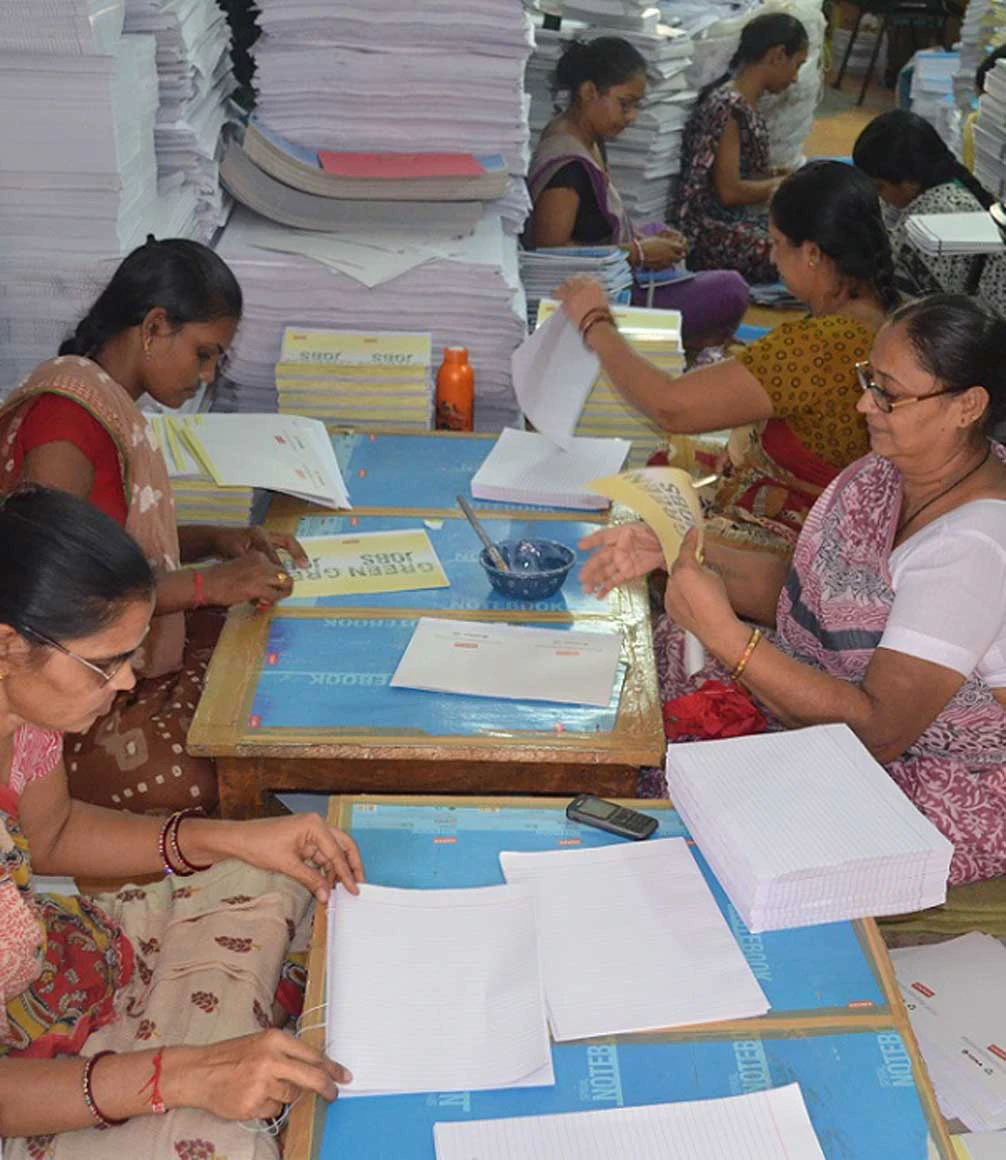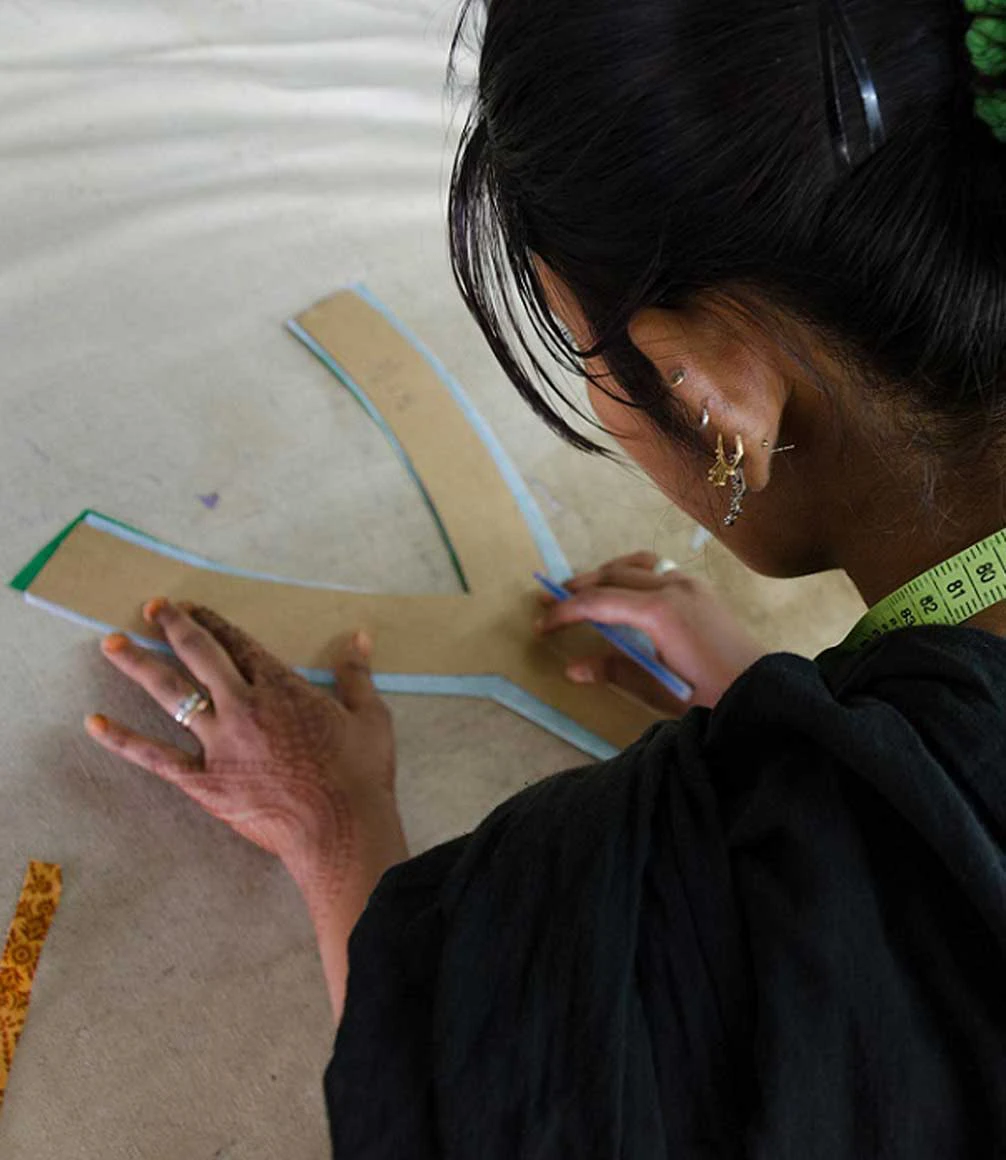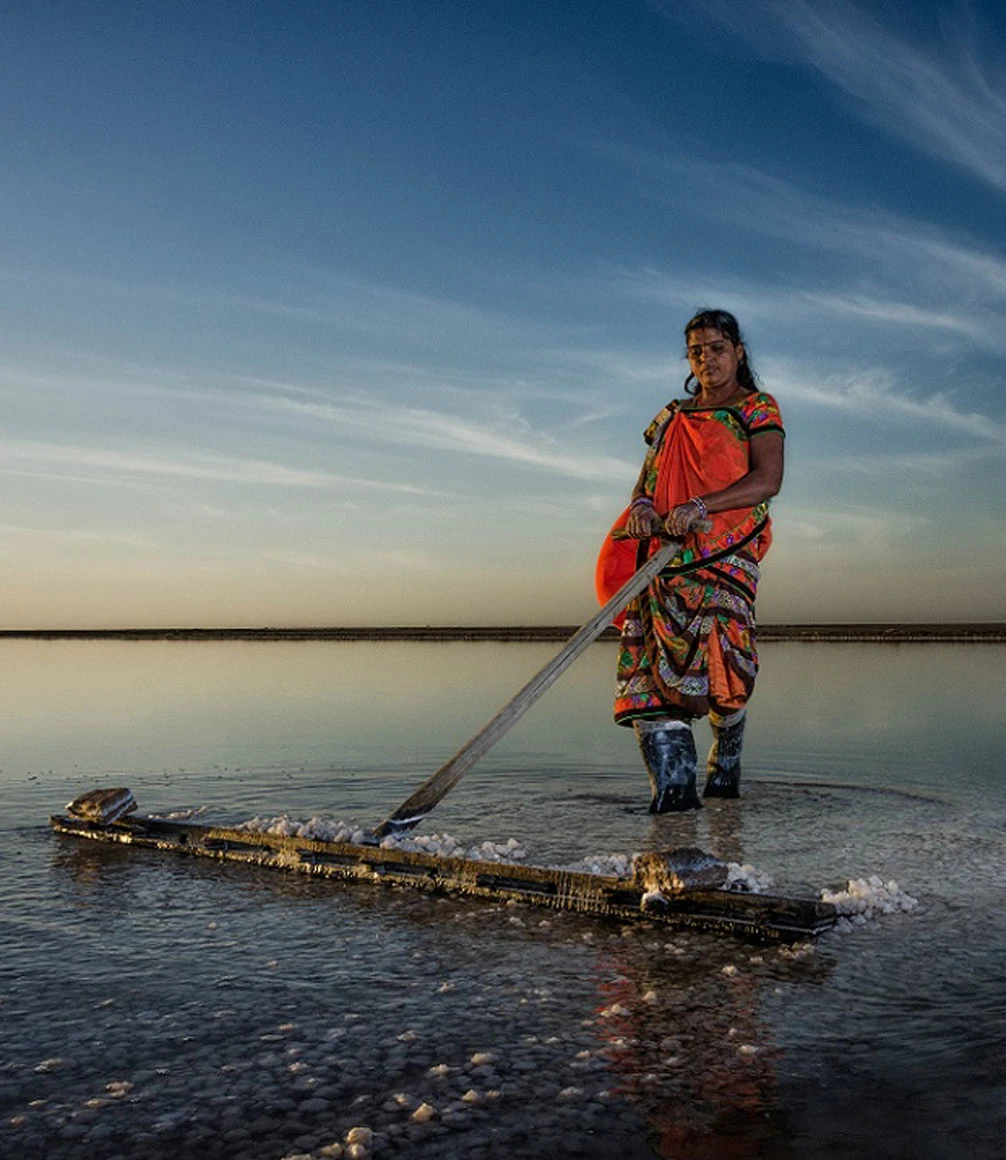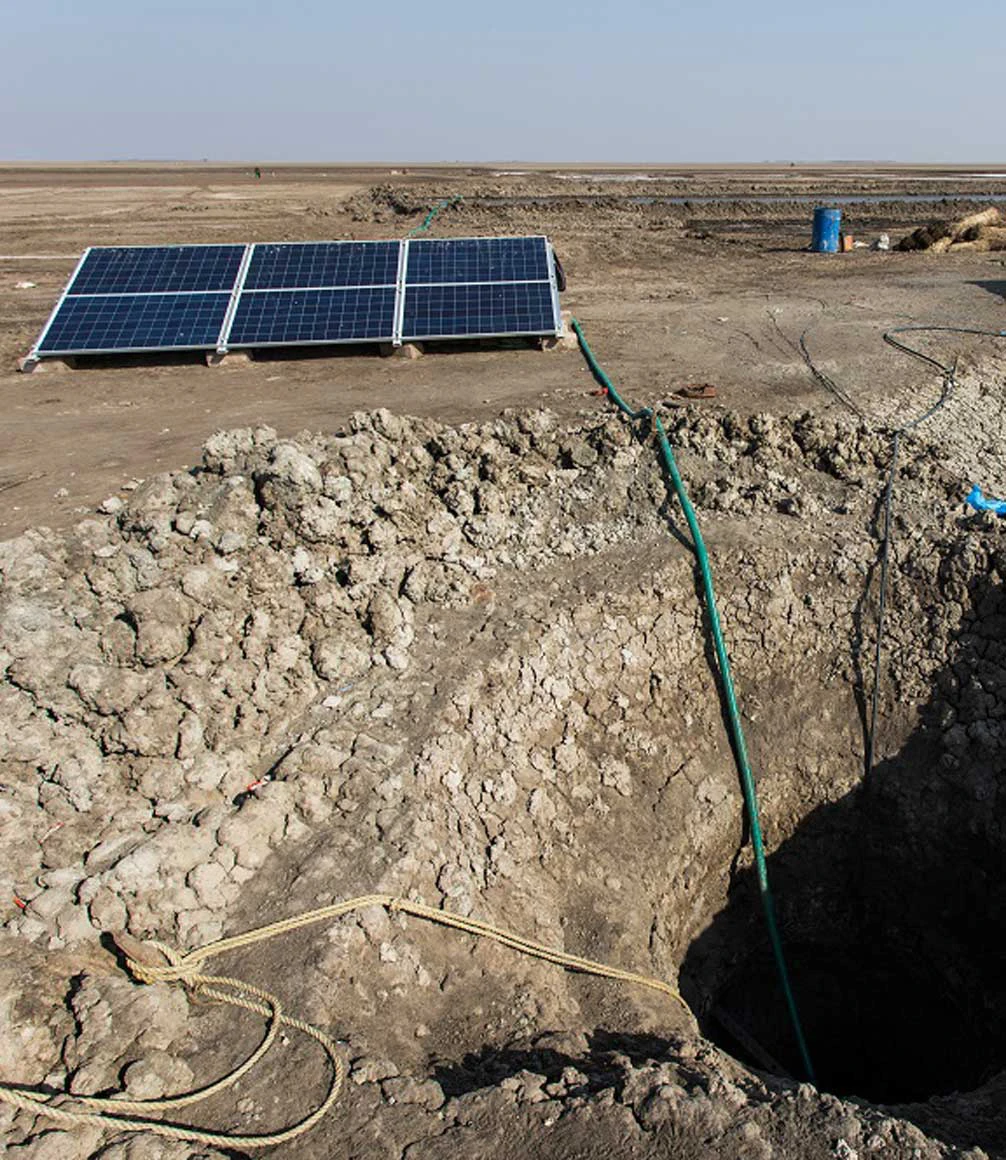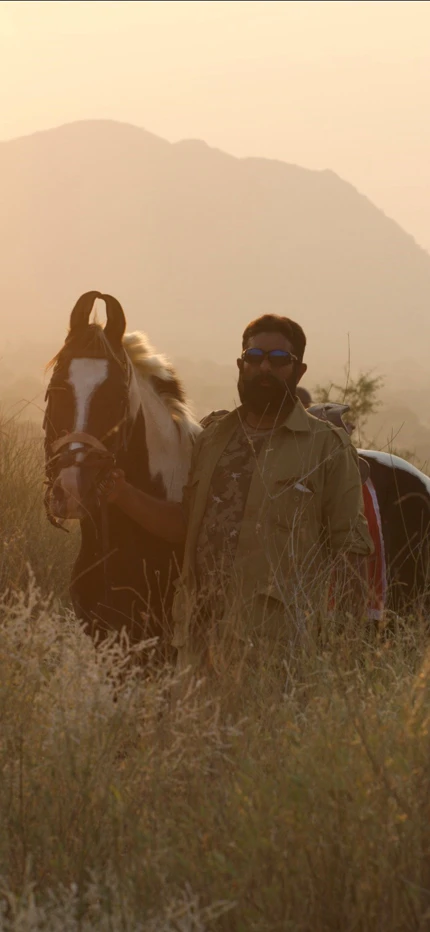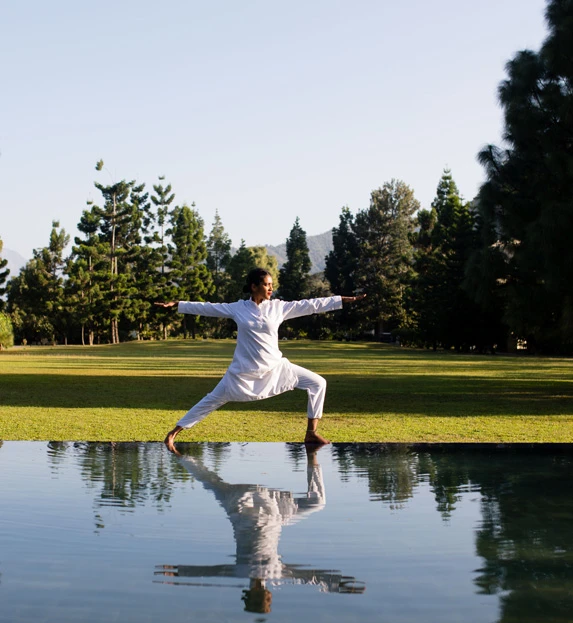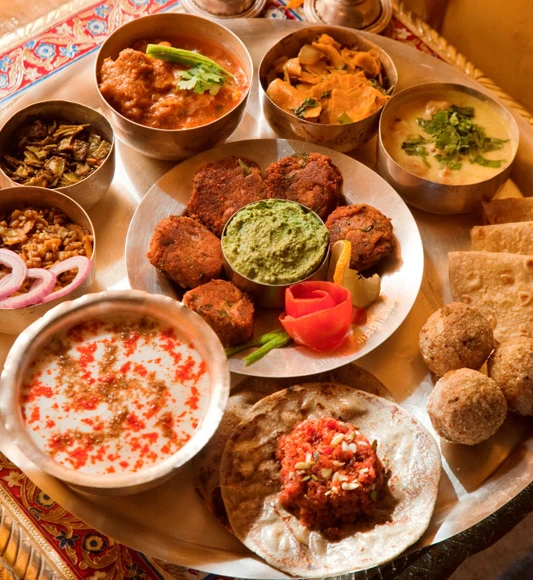Self-Employed Women’s Association (SEWA) – promoting the rights of low-income, independently employed female workers in India
In India, more than 95% or 195 million women are employed in unpaid work or the unorganised sector (women who earn a living through their labour or small businesses). The unorganised sector is not under the control of the government and as a result, there are no regular salaries or welfare benefits. They are the unprotected labour force of India, impacted by a range of challenges such as limited access to education, healthcare, information, and technology, as well as social and political participation.
A trade union, SEWA supports underprivileged women workers so that they can secure employment and achieve self-reliance. The organisation has a membership of over 1.7 million in 18 states across India, out of which nearly 750,000 are in Gujarat. SEWA works at the grassroots level to empower these underprivileged women workers through education, training and social and economic support. Most members come from extremely deprived rural backgrounds and face tremendous economic and social challenges.
Over the years, SEWA has succeeded in creating a support mechanism that has enabled its members to become completely self-reliant. The organisation operates a microfinance bank offering savings and credit facilities, health and child care co-operatives, various entrepreneurship initiatives amongst rural artisans as well as a range of professional training and development programmes.
Some of SEWA’s prominent initiatives include:
Gitanjali Cooperative, Ahmedabad
Waste picking is considered to be one of the lowest trades in society and is usually taken up by workers who do not have any other skills or means of livelihood. This sector is predominantly dominated by women belonging to the lowest strata of society. When some of the waste collection services were privatised by the local administration, many members lost their sole livelihood and were left without any alternatives due to a lack of skills and knowledge. SEWA started the Gitanjali Cooperative and trained these women in stationary making using recycled material. Today, the members produce pens, notebooks and files that are sold to various private sector organisations using contracts set up by SEWA, giving them an alternative source of income, a higher social status as business owners and financial independence.
Visavadi Community Centre, Little Rann Of Kutch
This region is one of the largest salt-producing regions in India. At present, about 43,000 salt farmers live in more than 108 villages scattered across the region. These farmers belong to highly traditional and undeveloped nomadic tribes and due to very high salt production costs, the majority of them are stuck in persistent poverty with high debts, harsh living conditions, minimal education opportunities, extremely poor healthcare and sanitation infrastructure and high child and infant mortality rates. Unlike many other farming processes, salt farming in India hasn’t seen much modernisation over time. The only machinery used in the process is a diesel pump used for pumping out of the sub-soil brine. High fuel costs leave the farmers with near to nothing and many are being forced to migrate to towns and cities to take up manual labour.
SEWA has introduced solar pumps which have eliminated fuel expenses and through the community centre at Visavadi village, various initiatives have been introduced focusing on clean drinking water, sanitation, hygiene and alternative skill training and development projects for salt farmers and their families.
Artisans In Patan And Kutch Districts
Gujarat is renowned for textile crafts and the villages in Patan and Kutch districts are filled with highly skilled artisans producing some of the finest handmade embroidery work in the country. However, the majority of rural women did not see any value in their traditional crafts and used to give away their beautifully embroidered pieces to traders at throwaway prices. Their husbands remained the main earners and most communities were entirely dependent on seasonal agriculture. Successive droughts and irregular rainfall started to force the communities to migrate to towns and villages threatening their highly unique traditional embroidery skills.
SEWA started working with the women artisans in 1989. Local district associations were formed in Patan and Kutch districts and eventually Banascraft. The retail and direct marketing outlet was set up in Ahmedabad in 1991 to help the rural artisans overcome the exploitative trade nexuses and have a platform to enter the mainstream market. Today the women artisans have set up their own company – SEWA Trade Facilitation Centre and are able to earn a sustainable livelihood using their traditional embroidery skills. SEWA has also set up a community museum in Radhanpur village to revive, preserve and showcase the region’s beautiful handicrafts.

How can you engage with SEWA?
Help women of the Gitanjali cooperative in Ahmedabad to make stationery, such as paper, pens and notebooks. Visit Vanlaxmi cooperative’s eco-tourism farm education centre for half a day, which is a 1.5-hour drive from Ahmedabad. Interact with members and hear how they developed the cooperative. Learn how to cook a traditional meal on a traditional stove, engage in plantation activities and depending on the season, collect fruits or vegetables from the field. Learn about the work of handicraft artisans of Patan District and help with the embroidery of products. Visit the Hansiba Museum of Radhanpur in the Patan District of Gujarat, to learn about the traditional skills of women artisans. Engage in the salt production process on a visit to the salt farmers in Surendranagar District.
Ready to take the road less travelled?
